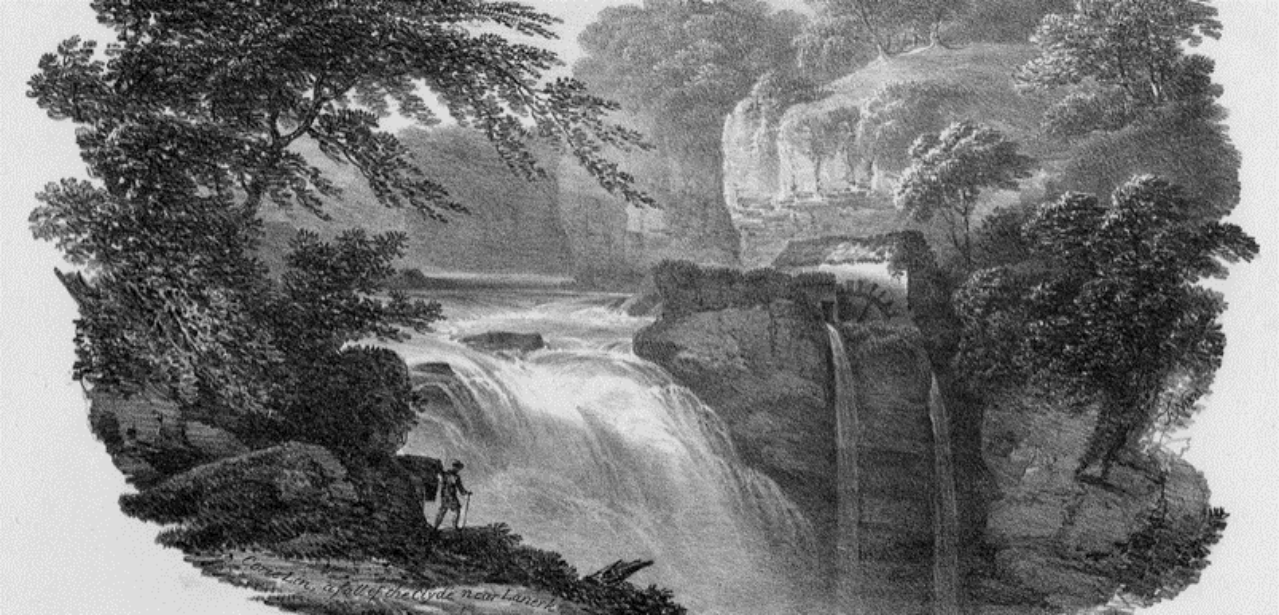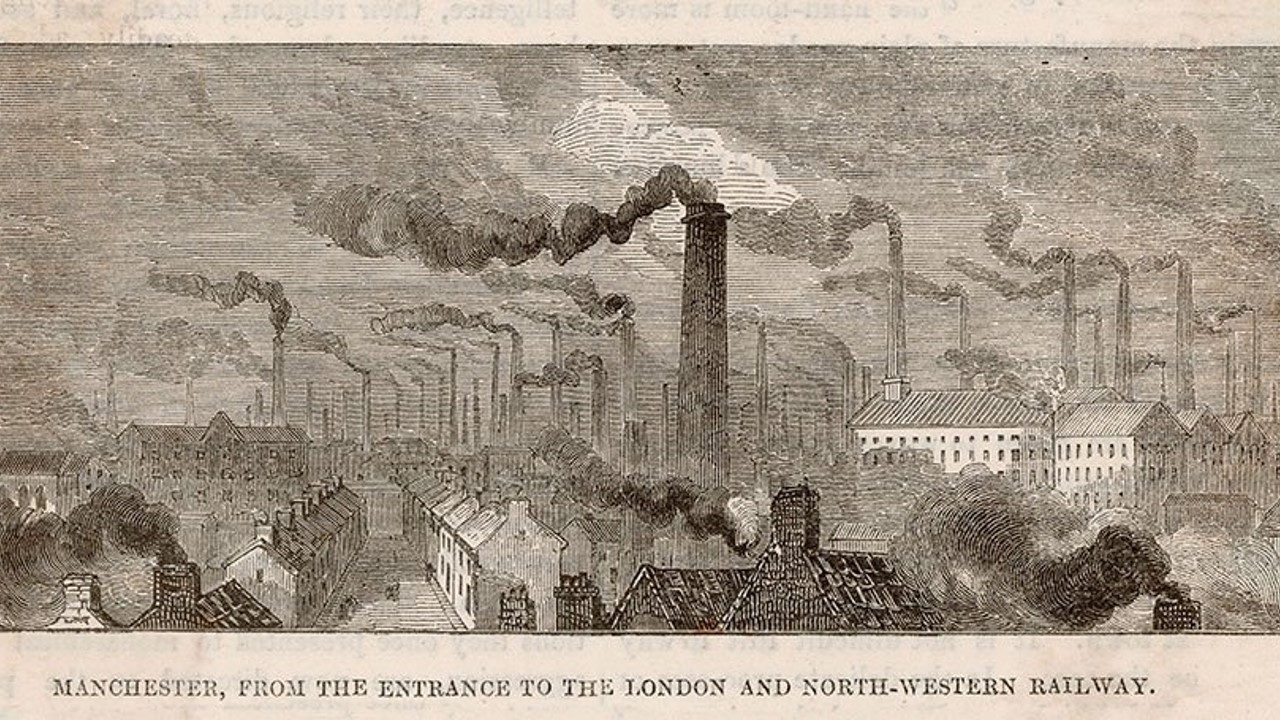Our Research
The causes and consequences of the Industrial Revolution in Britain have remained a topic of vigorous scholarly debate for over 150 years. Most recently, as climate sciences have drawn attention to the potentially dire consequences of the world’s dependence on fossil fuels for its primary energy needs, debate has shifted to the role of fossil fuels in perpetuating and entrenching industrial capitalism as a global phenomenon.
In this Leverhulme Trust funded project, we seek to develop a richer understanding of the technological, economic, political, geographic and cultural factors that drove the epochal sociotechnical transition which occurred at the beginning of the industrial age, and what lessons can be learned from it as we navigate our way through another such transition.
Through a transdisciplinary lens, we revisit conventional historiographical narratives for the ‘end of the Age of Water Power’ in the late 18th and 19th century textile industries of Scotland and England. We draw across the fields of socio-economic history, the history of technology, and geomorphology to develop empirically based datasets and unpack the dynamic forces driving the shift away from water to coal-based steam power. A broad range of methodologies are employed, including archival inquiry, site-specific case studies, field work, quantitative geomorphology and hydrological analysis.


Theme 1: Motive Power and Energy Transitions
Our work on this theme revisits longstanding debates in the historigraphy of the British Industrial Revolution, including i) the relative roles of coal and steam power in British Industrialisation; ii) the extent to which waterpower was responsible for providing mechanical power to drive machinery; iii) whether widespread adoption of fossil fuels was necessary for modern societies to break Ricardian-Malthusian constraints, and enter a period of sustained, constinuous economic growth, and iv) the relationships between modernisation, industrialisation and fossil fule use.
Theme 2: Legacy of Landscape and Climate
Although there are abundant accounts from historical contemporaries that describe the power and influence of the physical environment on peoples everday lives, the role of the physical environment on earlier industrialisation processes in Britain remains poorly understood and often dismissed relative to other contributing social and economic factors. This theme of our research investigates how historic climate and the shapes of landscapes and rivers influenced the distribution and longevity of various mill sites across Britain before and through the first energy transition.
Theme 3: Location and Industrial Inertia
This theme of our research explores urban-industrialisation development through a fine-grained, historic geographical lens. More specifically, we highlight how the deep roots of large textile industry growth (and, arguably, agglomeration) often arise from post-medieval centres of spinning, weaving, dyeing and bleaching in Scotland and England.
Theme 4: Britain's Missing Mills
Through a longitudinal analysis of the growth and decline of different sources of motive power over the 800-year period from the Domesday survey in 1086 to 1900, this research theme explores the missing contributions of water- and wind-power to British agriculture and industry. Using a mixed method approach, this research combines i) existing archival, historical and archaeological research on watermill and windmill numbers, ii) the power outputs during the medieval and early modern periods with population, grain consumption, with iii) water, wind and steam mill data drawn from a wide range of secondary, cartographic and archival sources from the 18th and 19th centuries.

